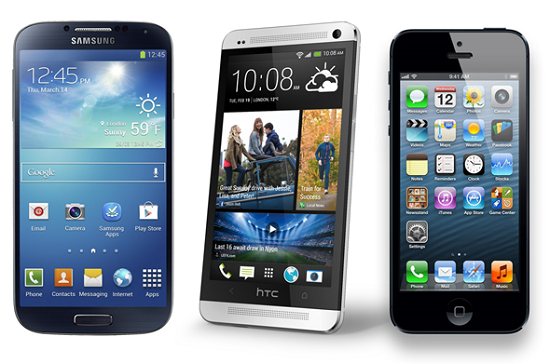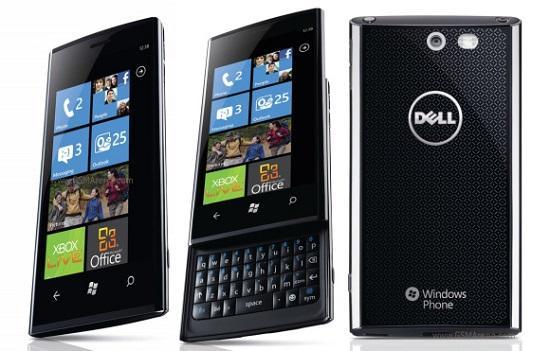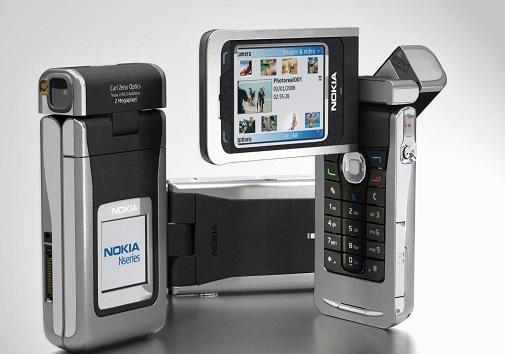
It used to be expected that smartphones would be available in any form factor you could imagine, and some you couldn't dream of. Whatever your heart desired was an option, and that has included many downright odd devices over the years. But nowadays the market is dominated by large screens and an angular design which has convinced consumers to expect each OEM to deliver a similar form factor each year. But is this because imaginations have run out, or do you believe large screens are here to stay because they seamlessly exploit the hardware and software to their utmost potential?
Regardless, phones have evolved to highlight the display as that key aspect of almost every device that's released each year. Display sizes have fluctuated between operating systems, but it's proving to be an up-hill struggle for any OEM to resurrect a form factor that isn't the same style as everything else.
It's wonderful to have displays as vivid and efficient as some on the market, and seeing how important the display has become to many consumers, and myself included, it only makes sense that manufacturers answer with a single form factor that makes the display the most important element of a smartphone.
Clamshells, QWERTY keyboards sliders of both the horizontal and vertical variety, mixed form factors, portrait QWERTY's, and a few wild one-offs spawned in the mobile form factor race over the years, and not too long ago. I still remember the T-Mobile G2's hinge which flicked out a keyboard and felt extremely solid at the same time. But did we really evolve our interests to the candybar form factor from the G2? Surely there was a reason we grew to expect every smartphone to consist of a large display and battery slammed into a skinny frame.

Earlier today, I was reminiscing about BlackBerries and their voyage into the candybar form factor. The OG BlackBerry Storm might not have been the most functional of resistive touch screen smartphones, but it was pretty unique when it first came to market. It turned out to be a flop plagued with a touch input issues and hindered by BlackBerry's OS, but it was easily one of the best examples of a manufacturer going out of their comfort zone to experiment.
But these days, there is no more experimenting. There's no excitement in the candybar form factor. Dell's Venue Pro sticks out to me as one of the better devices to deliver a large display, slim design, and vertical QWERTY keyboard, but it didn't get a very good reception when it hit the market.
It's a bit disheartening knowing how crazy things once were, and how we've come to only expect a huge piece of glass packed with millions of pixels in our flagship devices. I miss the days of hardware manufacturers experimenting with different form factors. Remember the Nokia E70, using T9 on a feature phone, and dual-display smartphones? These were the days when manufacturers were challenged by delivering devices in varying capacities while simultaneously aiming to deliver flagship specifications.
The past few years, it's been anything but surprising to hear about a new flagship device running any operating system that doesn't have a big slab of glass on the front. A good amount of OEM's have used options like ports, batteries, and storage to differentiate between candybar flagships, but that's about it. It's been a peculiarly uninteresting affair if you're looking to use your smartphone in a different way.

The idea that smartphones have evolved to the point of no return, and that we will mostly be dealing with large pieces of glass mended to other high-quality build materials is easy to justify. At the turn of the touch screen revolution, consumers found value in a large display and eventually adapted to on-screen keyboards. But somewhere in between using that display to surf the Web and sending text messages, we lost sight of what we actually preferred.
I can't say I have ever wanted a device without a large display, but I do wonder what it would be like with two displays, a flexible display, or virtual buttons. Just a bit of creativity would be a welcome addition to the current crop of handsets.
I've written about displays and how important they've become in mobile since the turn of the touch screen revolution. Yet I'm partially worried that our preferences could be limiting what OEM's are capable of. Of course, what consumers buy tends to shape choices on the market. It makes sense that each flagship device resembles a black box. But to think Apple once patented that rectangular design and began suing Samsung over it at the turn of the original Galaxy S bewilders me. There are plenty of ways to make the touch screen affair more involving especially considering how close to perfection operating systems have honed the mobile experience.
I'm interested to hear your thoughts on varying smartphone form factors, reader. What was your favorite? What form factor do you dream of? Why do you prefer one over the other? Do you wish manufacturers would do something that you have never seen before? Hit the comments down below!
Images via Redmondpie and GSMArena.